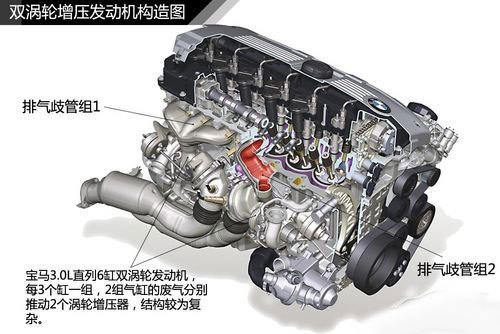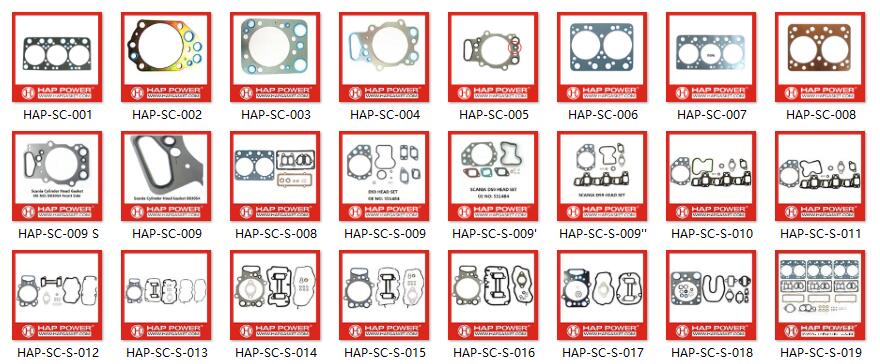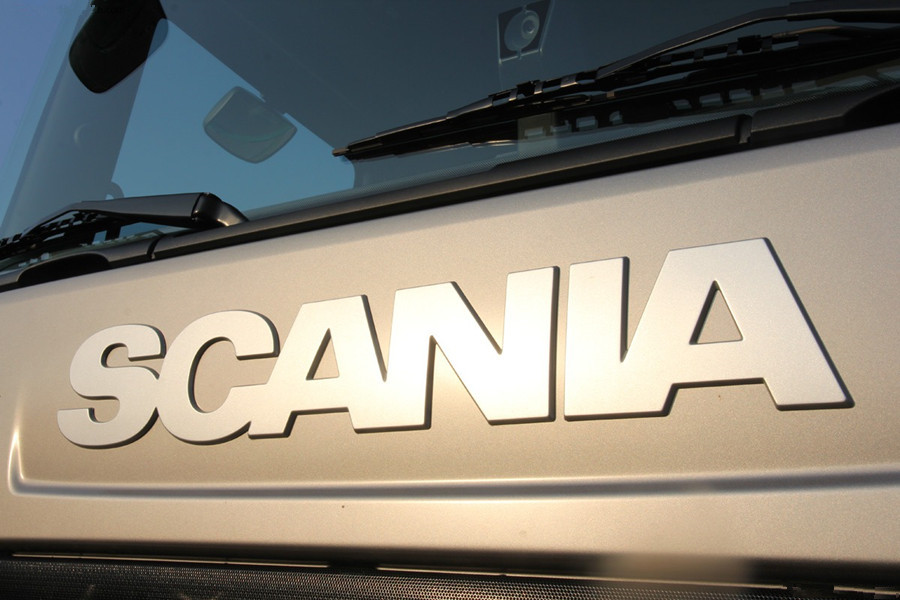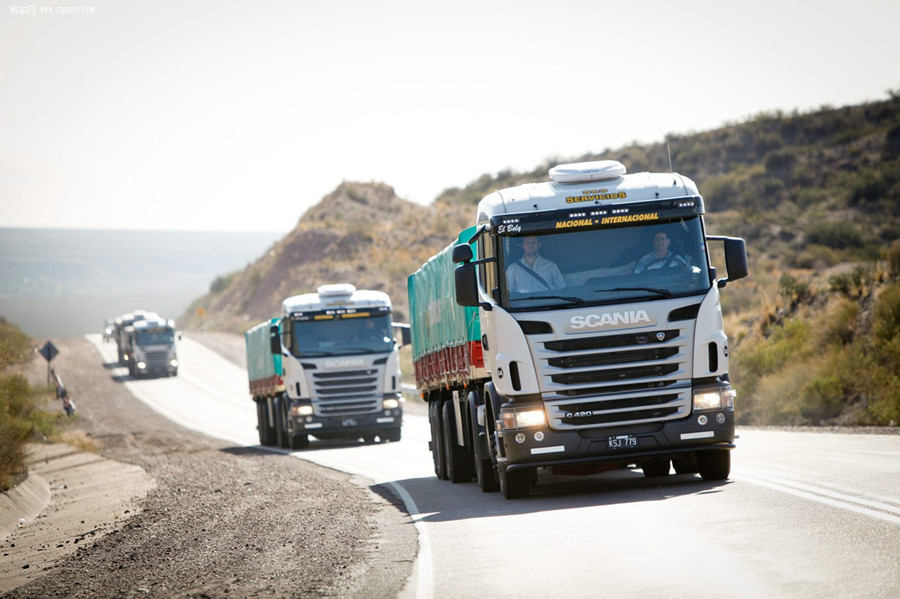

Scania Head Gasket usually have three types: Single cylider, two cylinders and three cylinders. Most of them are metal and rubber compound material. These gasket have a big market share on Europ, Middle East and South America market.
HAP gasket produce Scania Engine Gaskets, Popular engine including: D8, D9, D11, D12, D13, D14...
Brife introduce of Scania:
Scania is one of Sweden's truck and bus manufacturers,was founded in 1891 in the town of Malmo in south of Sweden. Headquarter is locaked in Sodertalje, Currently, Besides Sweden Scania has production lines in Netherlands, Argentina and Brazil.
Scania products are sold to more than 100 countries and regions in the worlds, is one of the world's leading manufacturers in heavy duty trucks and buses,With it's technology leading modular system, Scania has become the most profitable company in commercial automotive industry.


Scania Engine Gaskets
Scania Head Gasket,Scania Engine Gaskets,Scania D8 / D9 / D11 / DS11 / D12 / D13 / D14 Head Gasket, Scania Metal Head Gasket, Scania Metal and Rubber Compound Gasket
HAFID INTERNATIONAL LIMITED , http://www.hapgasket.com